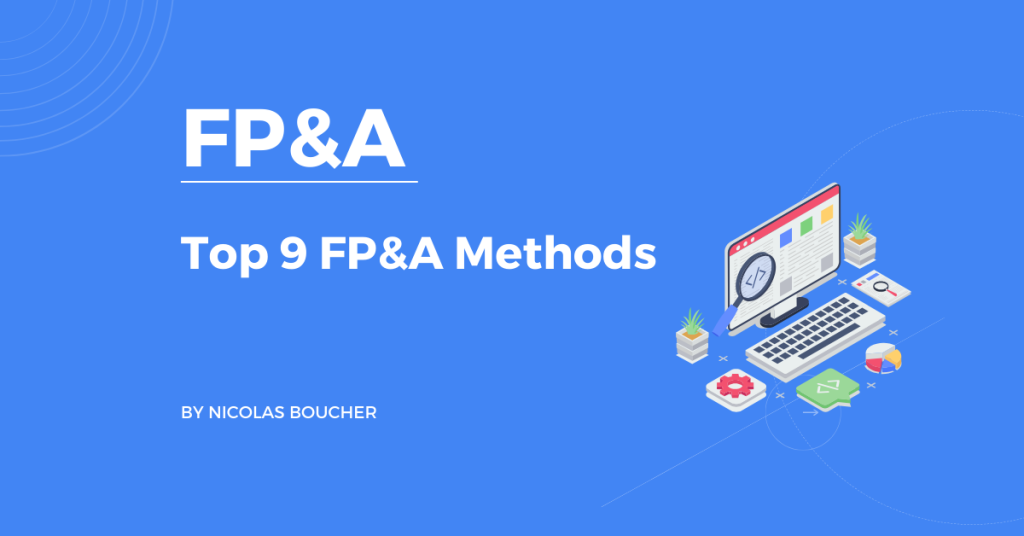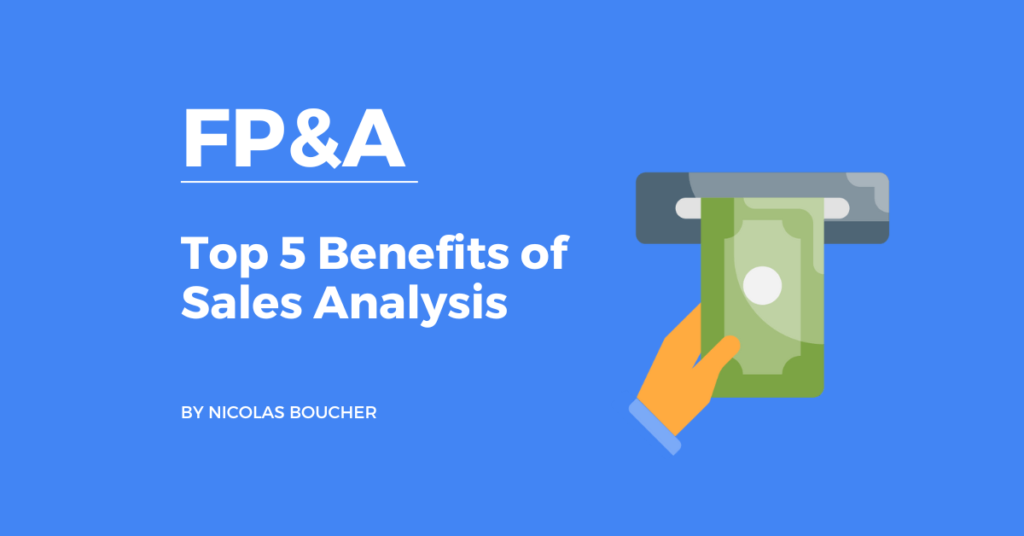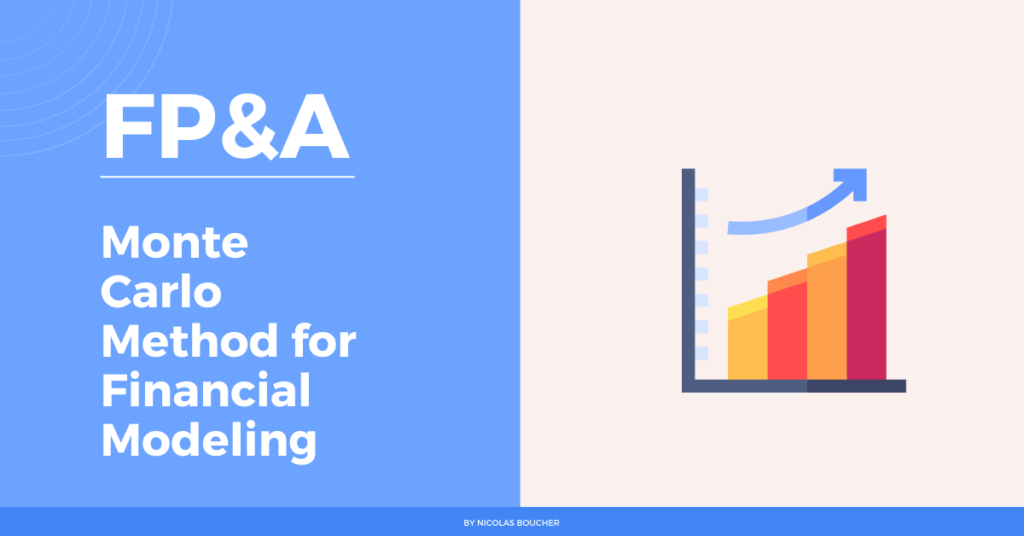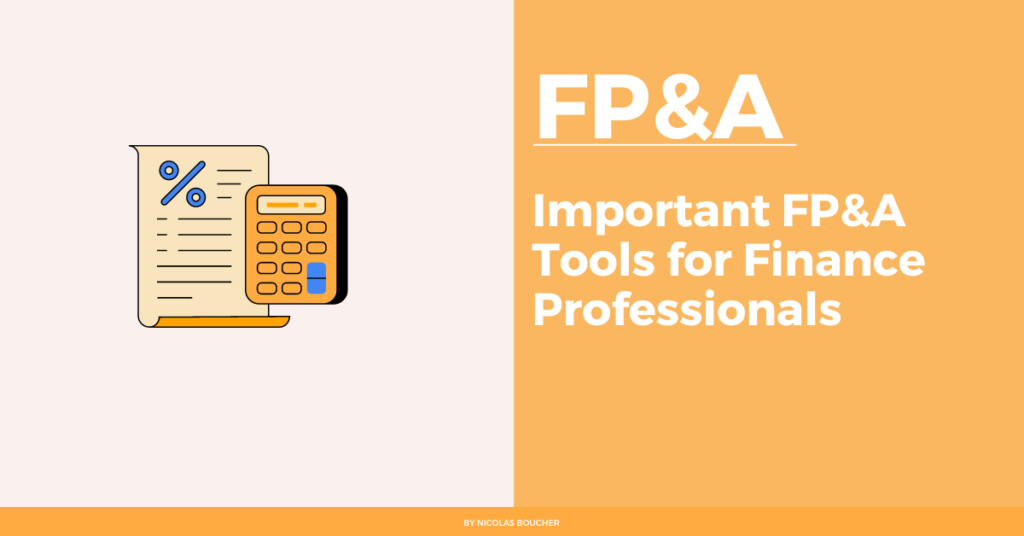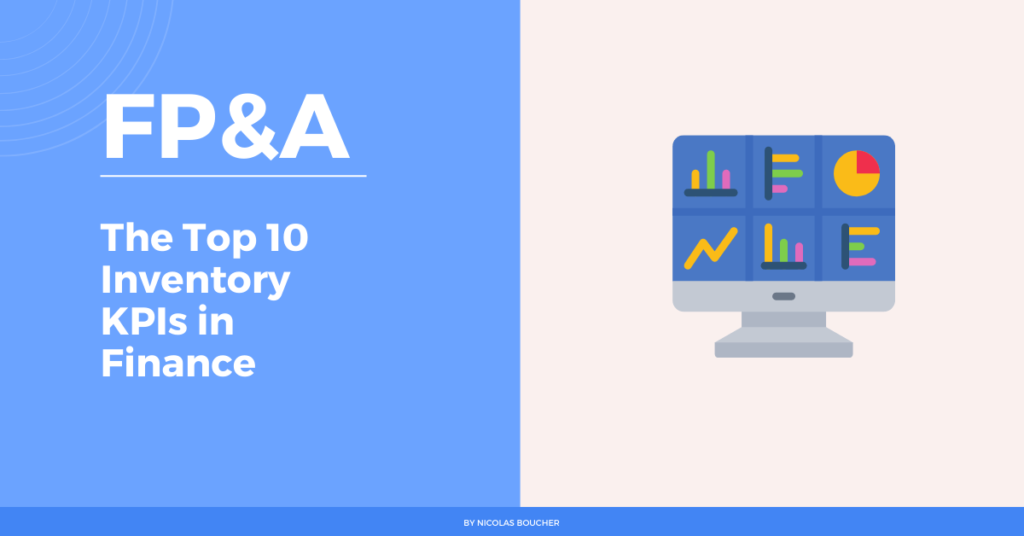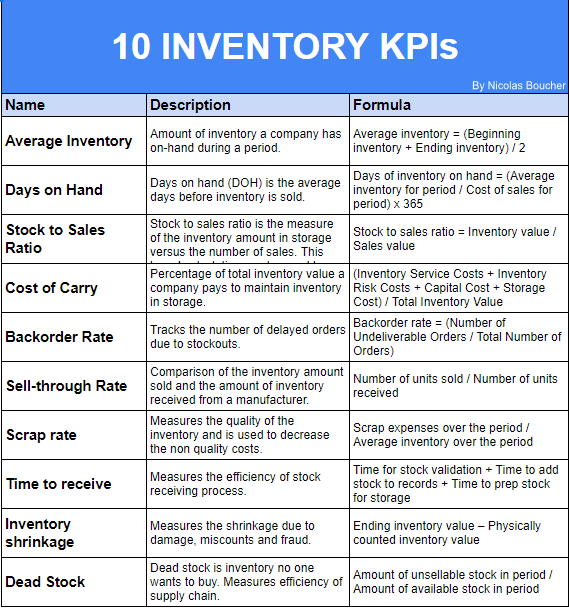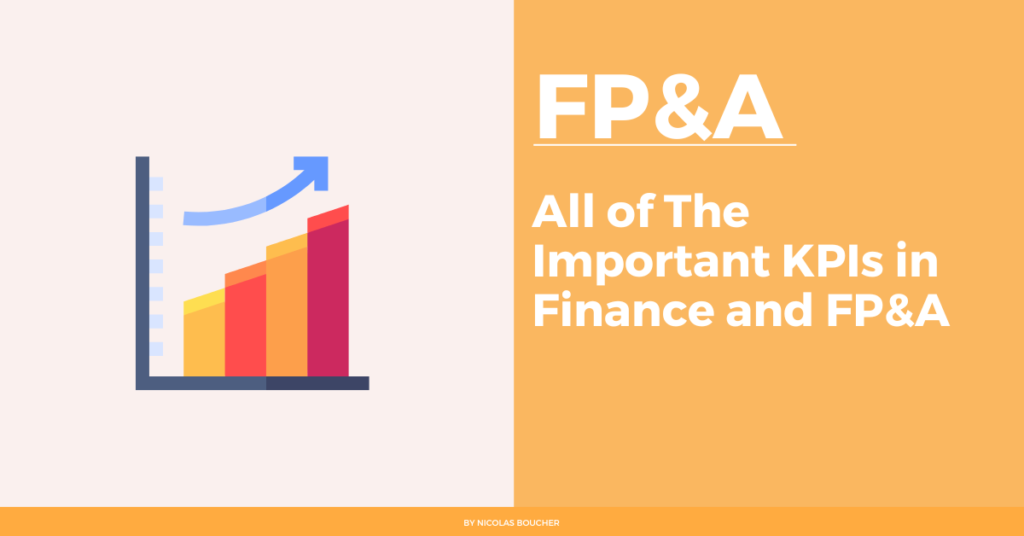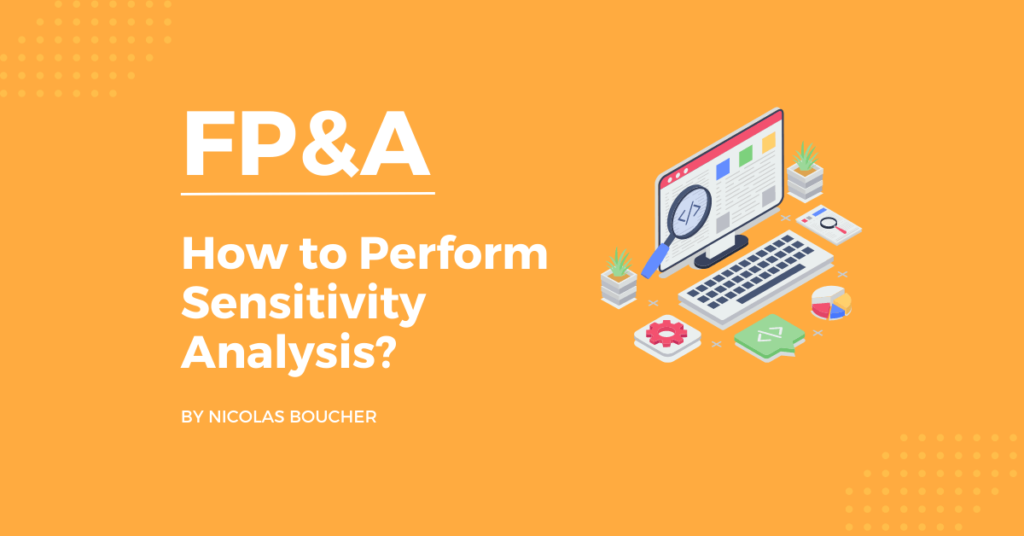Mastering various FP&A methods allows professionals to make informed decisions, identify opportunities, and mitigate risks.
Today, we will explore nine essential FP&A methods, their purposes, when to use them, and why they are important.
My Secret FP&A Formula
Before you learn how you can become a more valuable FP&A analyst, I have a few questions for you:
- Do you feel like your career is stagnating?
- Are you frustrated seeing how others earn promotions and you still don’t get it even though you deserve it?
If you are facing any of these problems, my formula can solve them for you!
Not only that, but it can also help you join the top tier of financial analysts making data-driven business decisions.
Mastering PVM analysis with my PVM Video Course will enhance your financial analysis skills and make you more valuable in your company.
Get my brand new course for a special price only this week and save 50%.
The Top 9 FP&A Methods
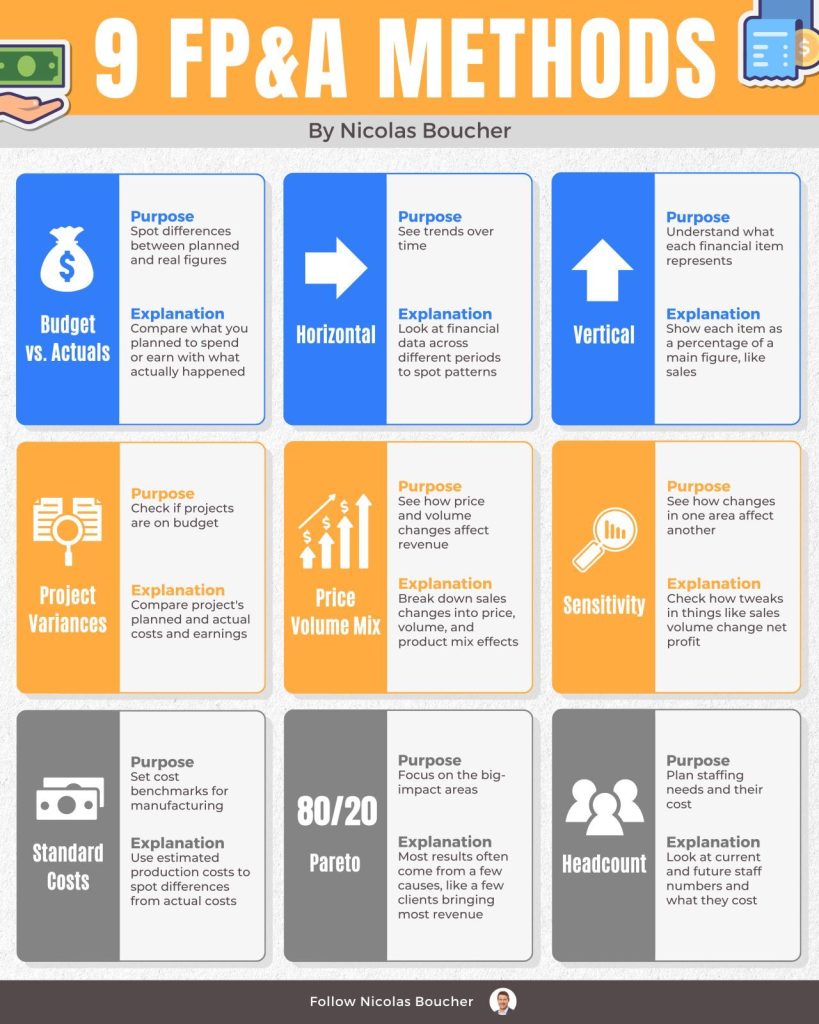
#1: Variance Analysis (Budget vs. Actuals)
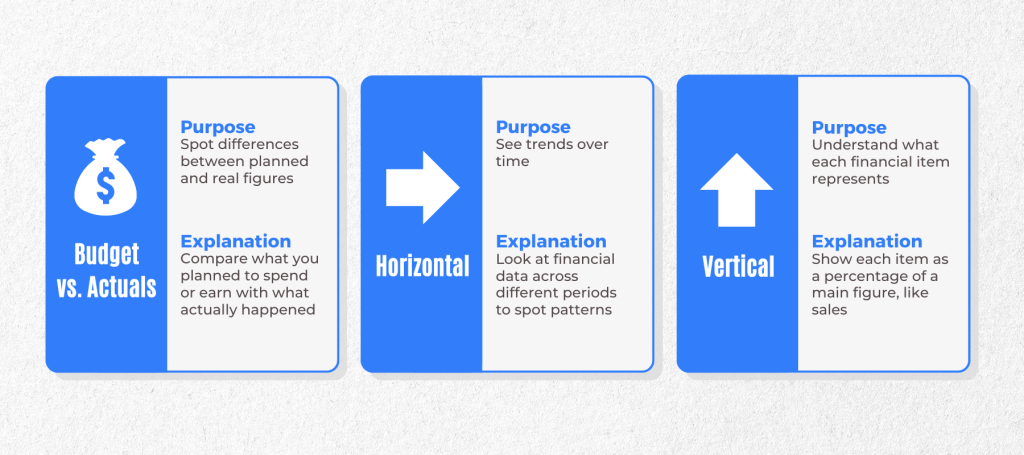
Purpose: Spot differences between planned and real figures
Explanation: Compare planned versus actual expenses/income
When to Use: Use this method at the end of each accounting period to assess performance
Why Is It Important: It helps identify deviations from the budget, allowing for corrective actions and better future planning
#2: Horizontal Analysis
Purpose: Observe patterns as time progresses
Explanation: Look at financial data across different periods to spot patterns
When to Use: Utilize this method for quarterly or annual financial reviews
Why Is It Important: It highlights trends and growth patterns over time, aiding long-term strategic planning
#3: Vertical Analysis
Purpose: Understand what each financial item represents
Explanation: Show each item as a percentage of a main figure, like sales
When to Use: Apply this method during financial statement analysis
Why Is It Important: It provides insight into the structure of financial statements and helps identify areas of concern or opportunity
#4: Project Variances
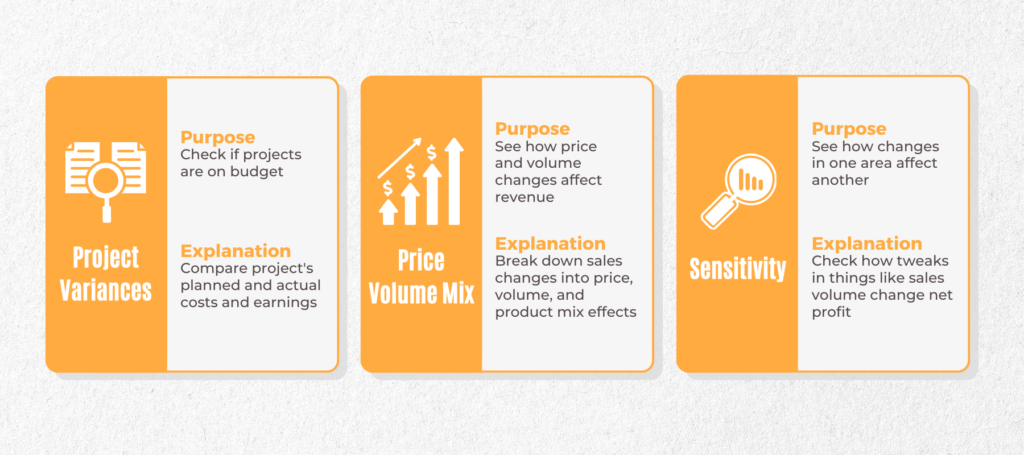
Purpose: Check if projects are on budget
Explanation: Compare project’s planned and actual costs and earnings
When to Use: Use during and after project completion
Why Is It Important: Ensures projects are financially viable and helps in managing resources effectively
#5: Price Volume Mix (PVM) Analysis
Purpose: See how price and volume changes affect revenue
Explanation: Break down sales changes into price, volume, and product mix effects
When to Use: Conduct this analysis during sales reviews
Why Is It Important: It helps in understanding the impact of pricing and sales volume changes on revenue, aiding in strategic pricing decisions
#6: Standard Costs
Purpose: Set cost benchmarks for manufacturing
Explanation: Use estimated costs to detect variances from actual production costs
When to Use: Implement this method in manufacturing cost control
Why Is It Important: It helps in controlling production costs and improving efficiency
#7: Sensitivity Analysis
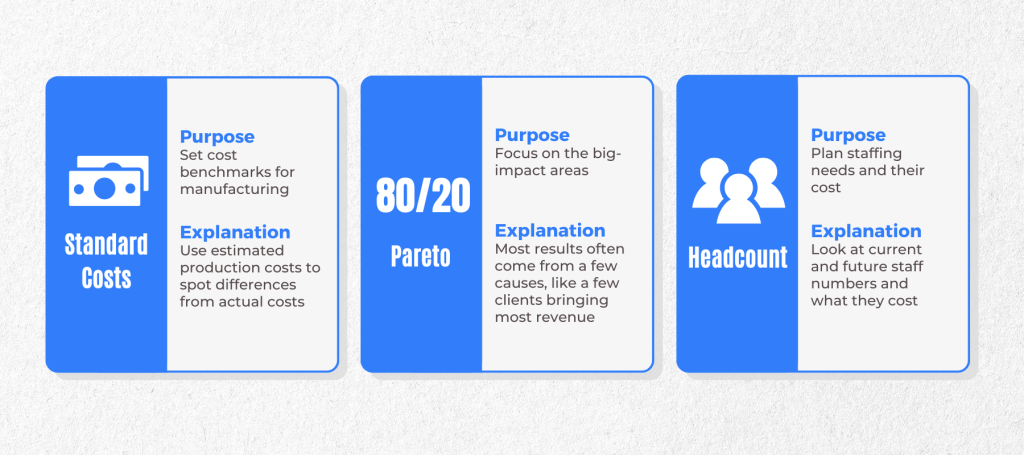
Purpose: See how changes in one area affect another
Explanation: Check how tweaks in things like sales volume change net profit
When to Use: Use this analysis for risk assessment and scenario planning
Why Is It Important: It provides a better understanding of financial risk and helps in making informed decisions under uncertainty
#8: Pareto Analysis
Purpose: Concentrate on the key areas that have a significant impact
Explanation: Few causes drive most results, e.g., key clients generating primary revenue
When to Use: Apply this method when prioritizing efforts and resources
Why Is It Important: It helps in focusing on the most impactful areas, ensuring efficient use of resources
#9: Headcount Analysis
Purpose: Assess the impact of workforce changes on performance
Explanation: Analyze employee numbers and their cost implications
When to Use: Use during budgeting and workforce planning
Why Is It Important: It aids in managing labor costs and optimizing workforce productivity
How to Become A Valuable FP&A Analyst?
Here is your skill roadmap:
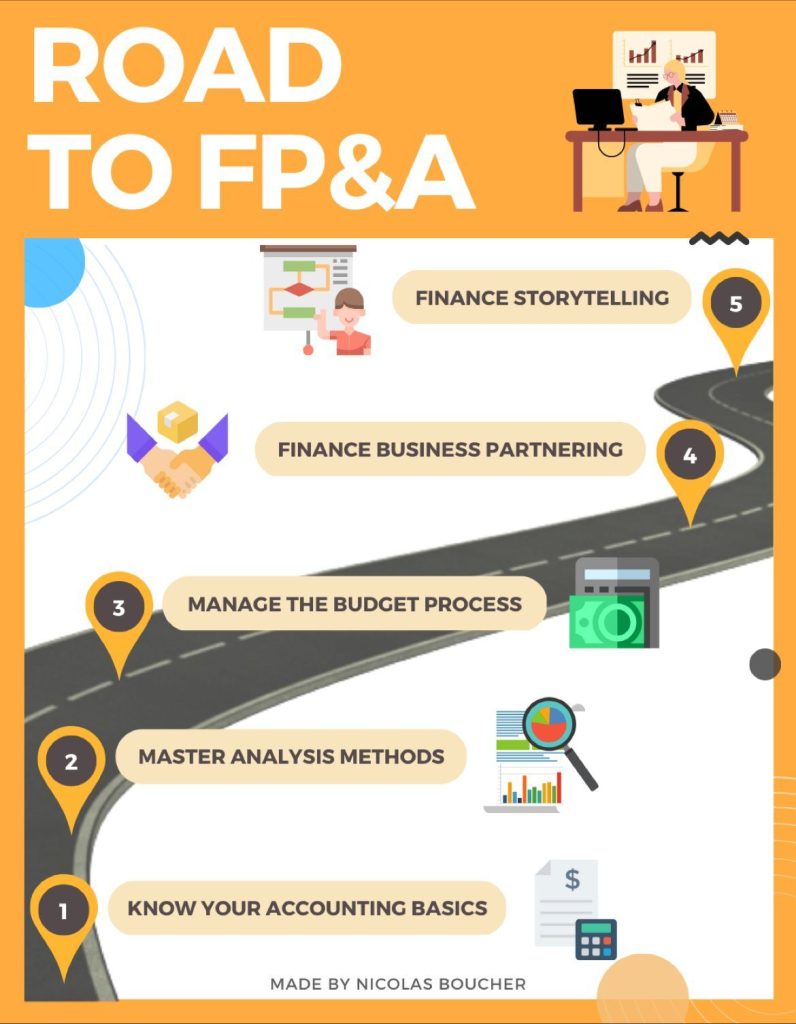
1) Know your accounting basics
- Understand the general accounting principles (especially the revenue recognition)
- Know your accounting policies
- Be comfortable with your cost accounting methods
- Speak the accounting language to communicate with the accounting team
2) Master all the analysis methods
- Learn Price Volume Mix
- Use sensitivity analysis
- Know how to calculate project variance
- Combine horizontal and vertical analysis to know where to focus on
- Make Pareto your best friend
- Be the best at using B.O.T.E estimations (Back Of The Envelope)
3) Manage the budget process
- Be the person in charge of setting up and running the budget process
- Frame the assumptions and methods
- Know the different budget and forecasting methods and use the one bringing the most value
- Be the link between all departments as well as the link between the top and middle management to ensure consistency between the strategic and operative goals
4) Be the best finance business partner
- Understand your operational business partner goals
- Bring non-finance data with finance data to create more insights
- Manage priorities and demand
- Be able to explain finance to non-finance people
5) Use Finance Storytelling
- Get the right data
- Know how to visualize ideas
- Be confident when leading finance presentations in front of executive management
- Get your message clear (“The world rewards the people who are best at communicating ideas, not the people with the best ideas” – David Perell)
The Bottom Line
Understanding these nine FP&A methods can significantly enhance your ability to identify trends and make strategic decisions.
By using variance analysis to spot deviations, horizontal analysis to observe trends, and vertical analysis to understand financial structures, you can make data-driven decisions that drive success.
Techniques like project variance analysis, PVM analysis, and standard costing help keep your projects on track and your manufacturing costs under control.
Sensitivity analysis and Pareto analysis provide insights into risk management and resource allocation, while headcount analysis ensures you’re making the most of your workforce.
Embracing these methods not only enhances your analytical capabilities but also equips you to lead your organization toward greater financial stability and growth.
FAQ
Q: What is the primary goal of variance analysis in FP&A?
A: The primary goal of variance analysis is to identify and understand the differences between planned and actual financial figures. This helps organizations take corrective actions and improve future budgeting and forecasting.
Q: How does horizontal analysis help in financial planning?
A: Horizontal analysis helps by showing financial data trends over different periods, which is essential for identifying growth patterns, seasonality, and long-term financial performance. It aids in making informed strategic decisions.
Q: Why is sensitivity analysis crucial in financial decision-making?
A: Sensitivity analysis is crucial because it assesses how changes in one financial variable affect others, providing insights into potential risks and helping managers make informed decisions under various scenarios.
Q: What is the purpose of Price Volume Mix (PVM) analysis in FP&A?
A: The purpose of PVM analysis is to understand how changes in price, volume, and product mix impact revenue. This analysis helps in identifying the individual effects of these factors on sales performance and aids in making strategic pricing and sales decisions.
Q: What are the benefits of using a Pareto analysis in resource allocation?
A: Pareto analysis helps identify the most significant factors that drive results, allowing organizations to focus resources on the most impactful areas. This ensures efficient use of resources and maximizes returns.
Q: When should a company use headcount analysis?
A: A company should use headcount analysis during budgeting and workforce planning to understand the financial impact of staffing changes and to optimize labor costs and productivity.

